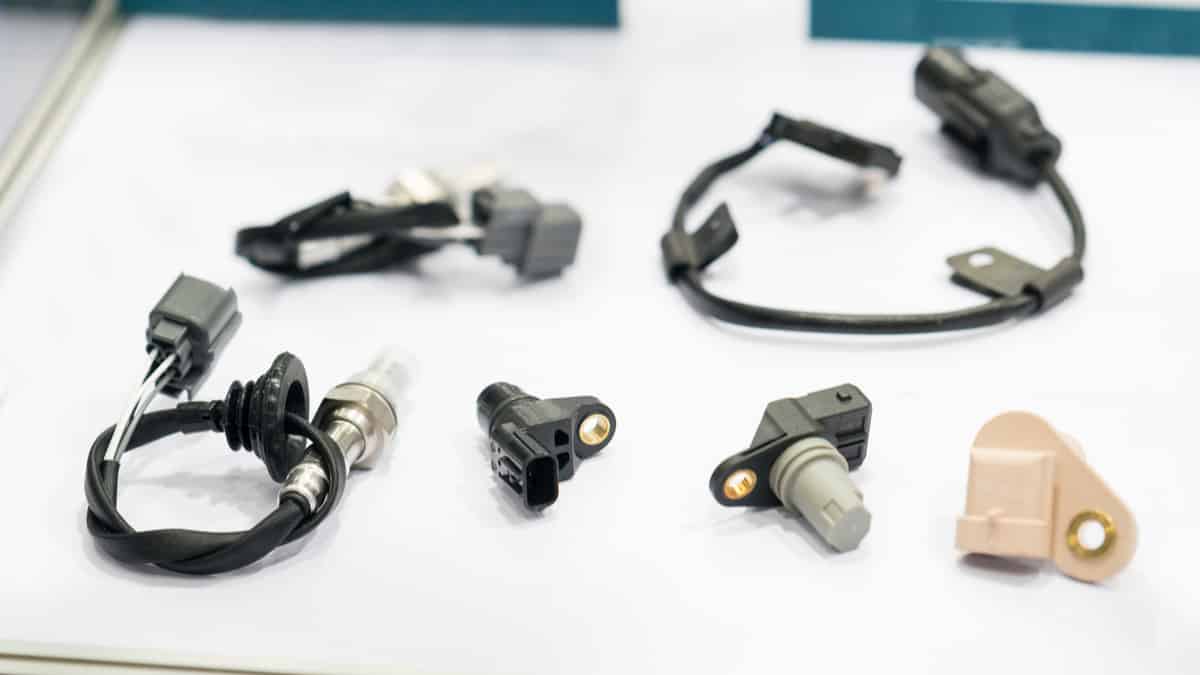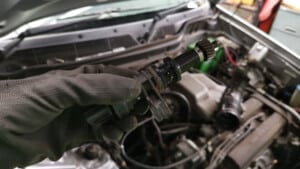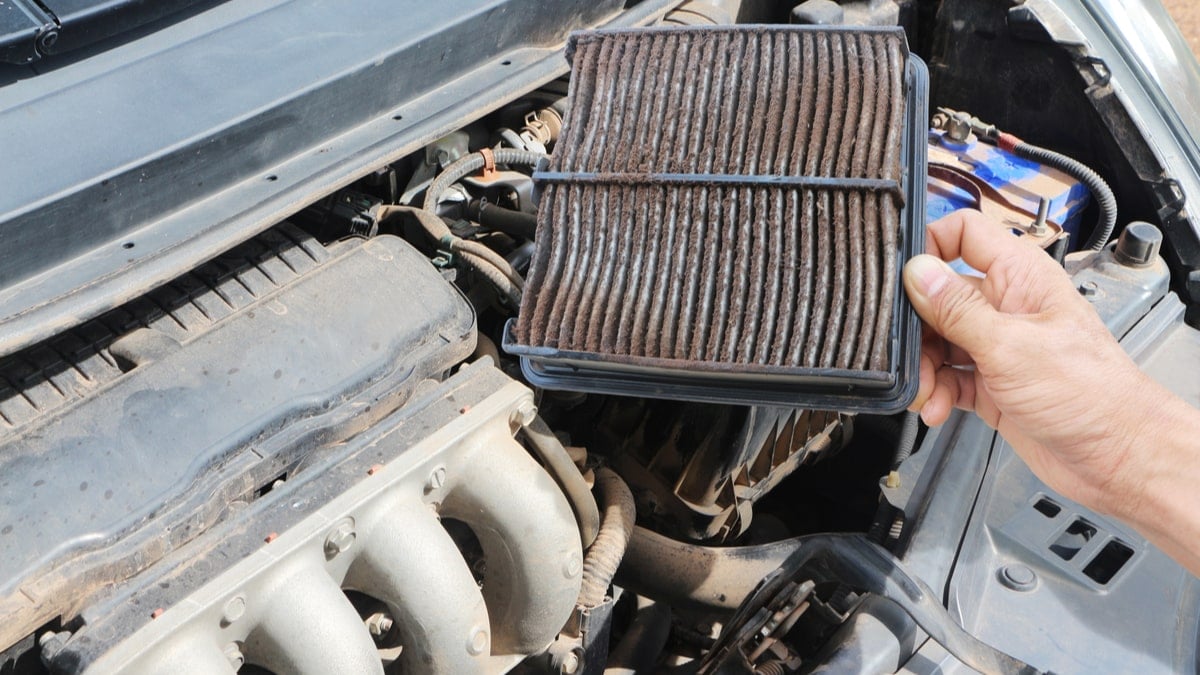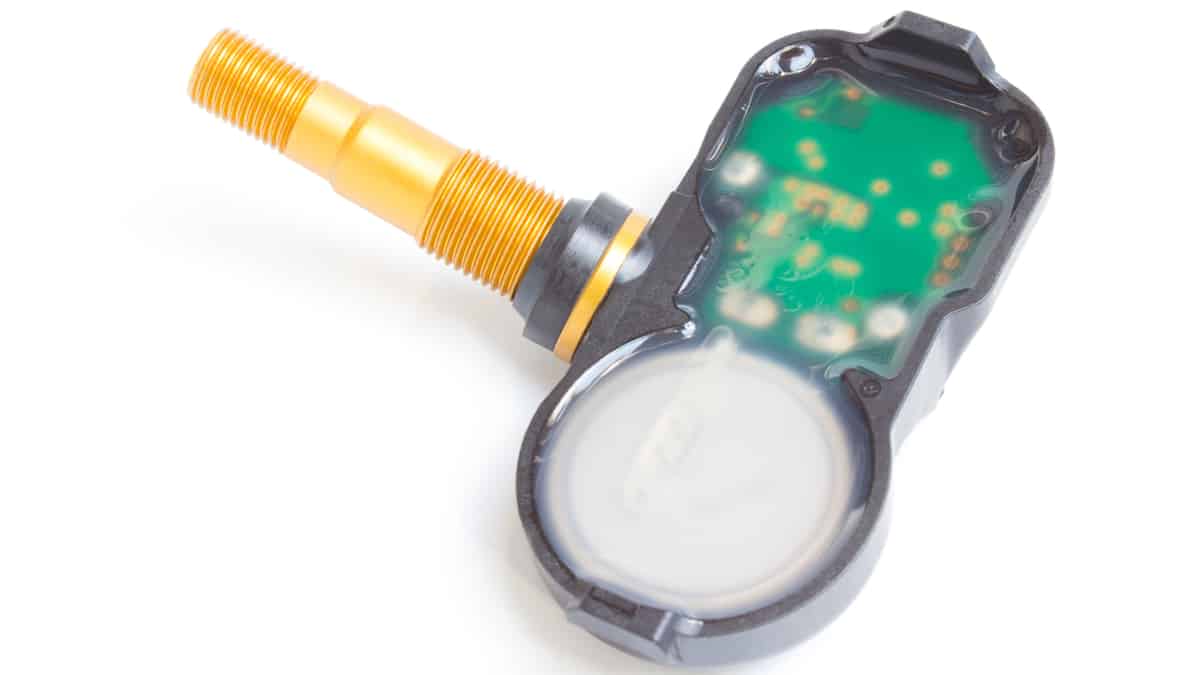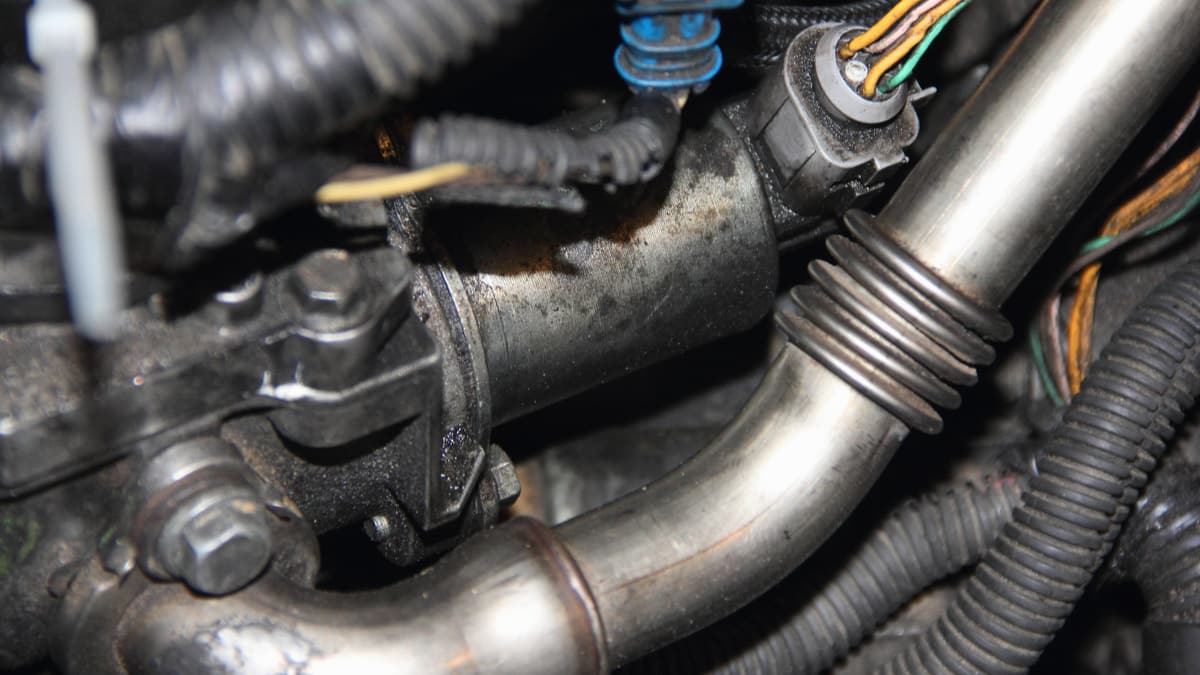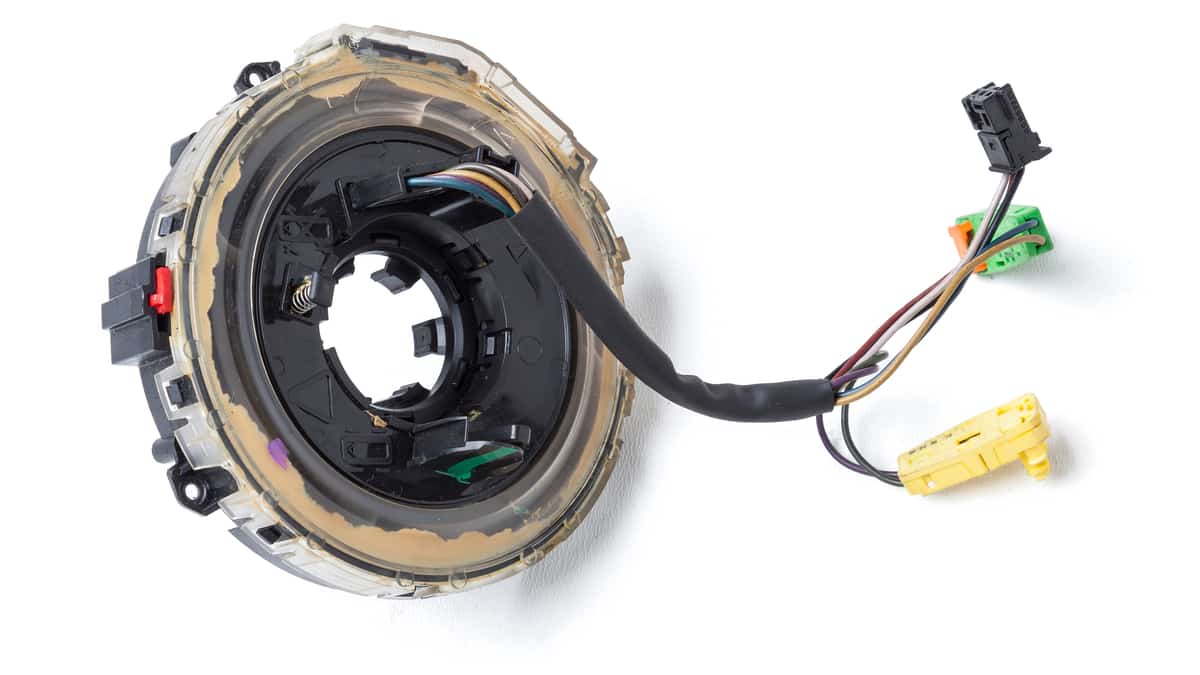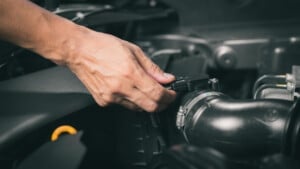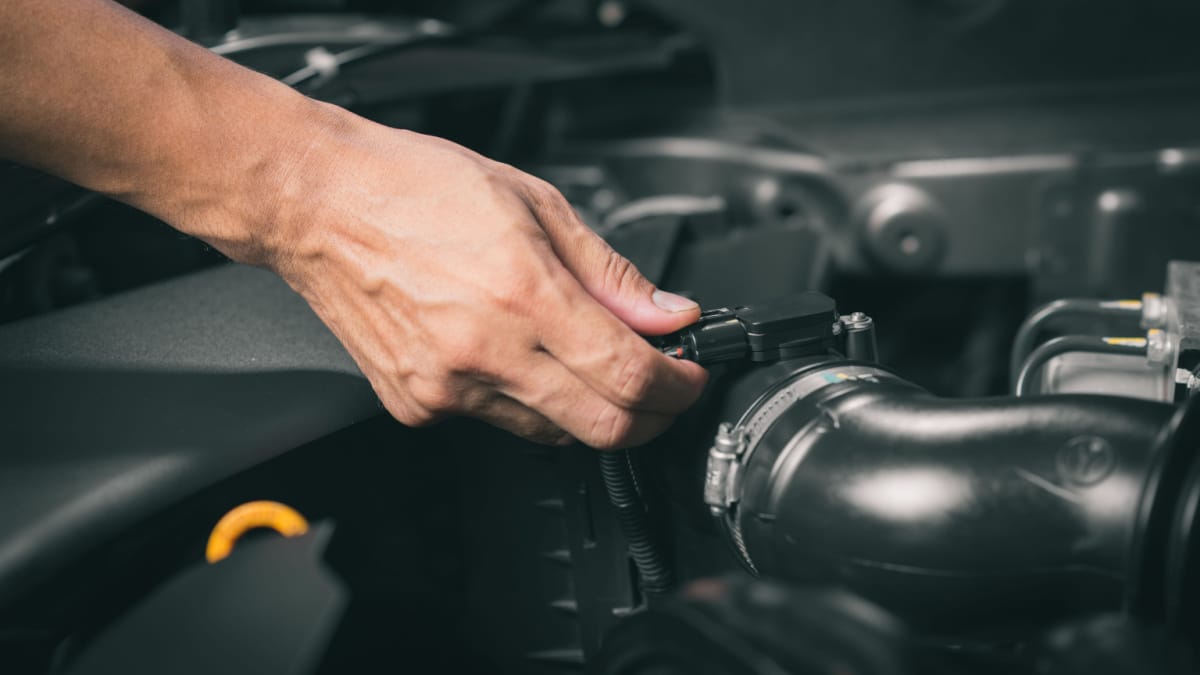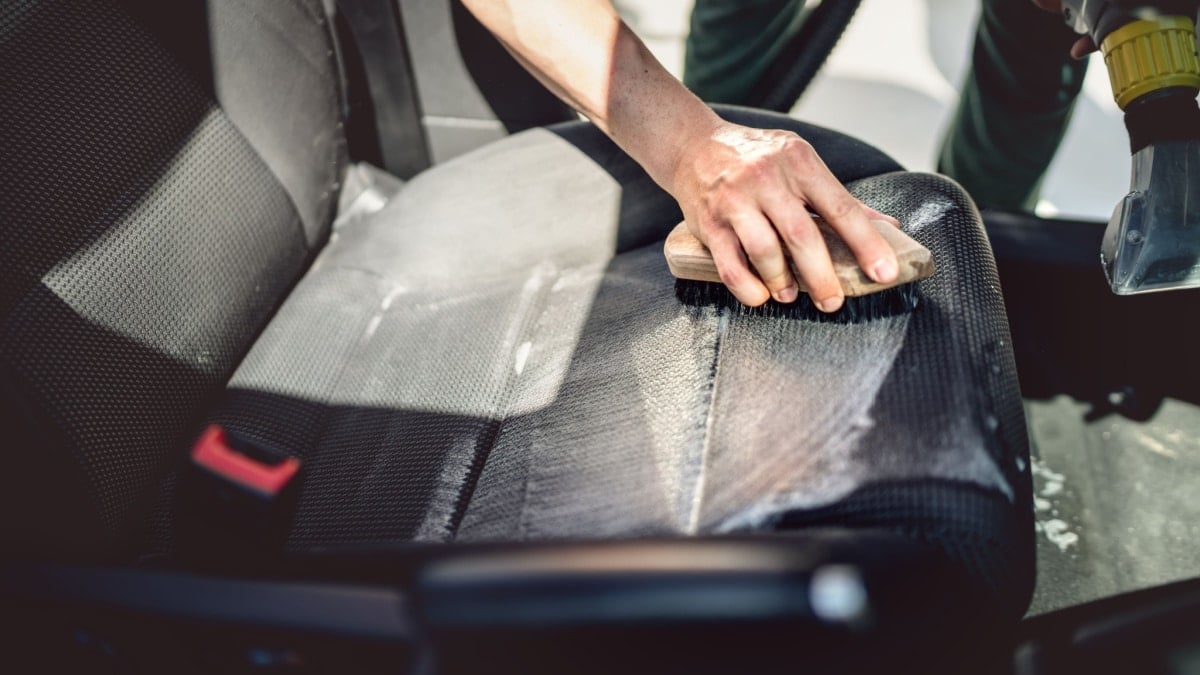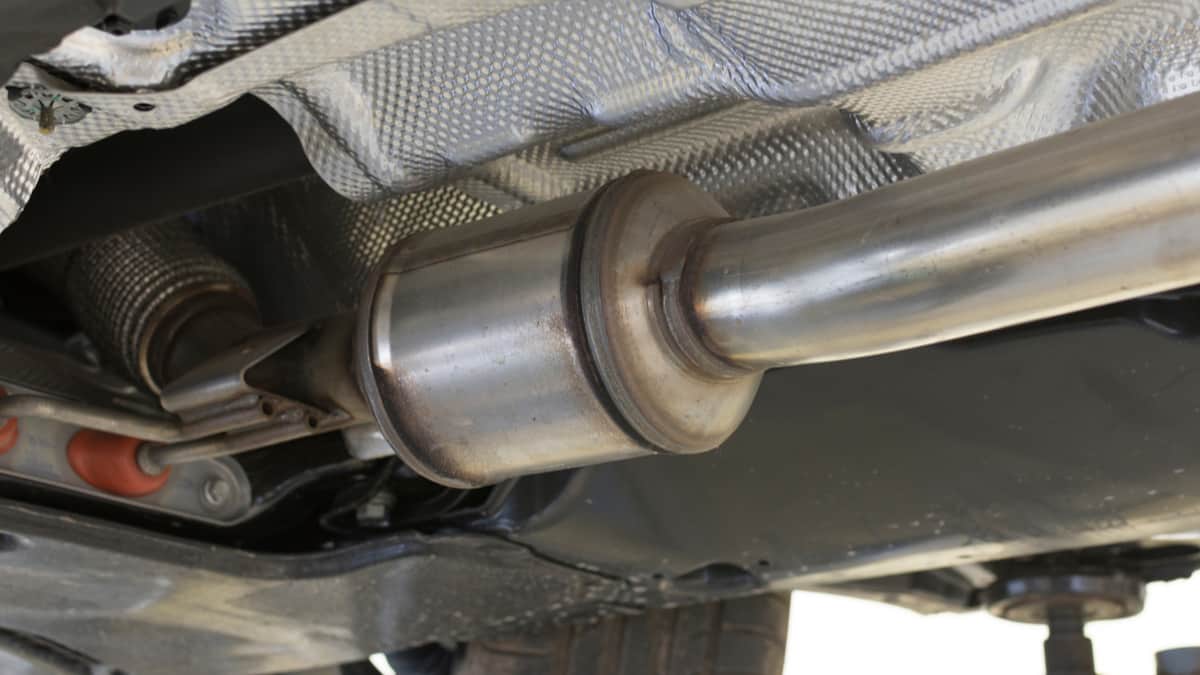With a lot of car parts, replacement is necessary when there’s a problem. However, that isn’t necessarily the case if you are having trouble with the mass air flow sensor. In some cases, you might be able to follow some simple steps on how to clean a mass air flow sensor to keep everything working the way it should.
In this guide, I explain the purpose of the mass air flow (MAF) sensor. I will also show you how to clean it and explain why you would want to clean it off. Finally, I discuss how often this cleaning should occur and discuss what the cost of replacement might be if the cleaning doesn’t work.
How to Clean a Mass Air Flow Sensor
Locate Sensor
To find the MAF sensor, look in your repair or owner’s manual to find its location. Most of the MAF sensors are found near the engine air filter.
Disconnect Sensor
Most mass air flow sensors can be removed by sliding them away from the tubing that’s holding them. Be careful not to damage any of the delicate parts, such as the air intake boots.
Clean Carefully
You should use around 10 blasts of the spray on the sensor. Make sure you gently clean the entire sensor, including the housing, interior, terminals and connector.
A MAF sensor cleaner we recommend is the CRC 05110 cleaner. You can find it on Amazon here. This is an affiliate link, which means that at no cost to you, we may receive a small commission for qualifying purchases.
Reinstall Sensor
Once the sensor has dried, reinstall it working opposite of the steps you took to remove it. Make sure all of the clamps and brackets are secure.
Test Drive the Vehicle
Take the vehicle for a drive to see if it runs better. If you are still experiencing problems, you might need to have the MAF sensor replaced.
What is the Mass Air Flow (MAF) Sensor?
The mass air flow sensor is otherwise referred to as the MAF. It’s part of the car’s electronic fuel injection system. This component is located between the intake manifold on the engine and the air filter. Many modern MAF sensors also have the intake air temperature (IAT) sensor built in.
Digital mass air flow sensors utilize a frequency output, while the analog MAF sensor produces variable voltage output. Both of these are sent to the ECM, where the air-fuel ratio is regulated carefully.
The mass air flow sensor is meant to measure how much air mass is flowing into the engine intake. The ECM uses this information to decide how much fuel must be added to ensure a perfectly balanced air-fuel ratio. With most engines, 14.7:1 is the appropriate ratio. This means the engine utilizes 14.7 pounds of air for every one pound of fuel. However, the AFR varies based on the manufacturer.
Reasons to Clean the Mass Air Flow Sensor
1. Check Engine Light
When the mass air flow sensor fails to send the right signals to the ECM, the Check Engine Light will come on. Thankfully, you can check the codes with your OBDII scanner.
Depending on what kind of car you drive, you might see a variety of codes. For example, some of the most popular include P0100: MAF circuit malfunction, P0101: MAF circuit range/performance, P0102: MAF circuit low input, P0103: MAF circuit high input and P0104: MAF circuit intermittent.
RELATED: 8 Symptoms of a Bad MAF Sensor (& Replacement Cost)
2. Black Exhaust Smoke
A sign that there’s a problem with the MAF sensor is black smoke coming out of the exhaust. This condition occurs when too much fuel is going through the system.
If the MAF is unable to send the right signals to the computer, the engine could compensate by pushing out too much fuel. This fuel causes a rich-running condition, leading to excess exhaust. It can also lead to a clogged catalytic converter.
3. Trouble Starting Engine
You shouldn’t have any trouble starting your engine if everything is working the way it should. The combustion chamber uses both air and fuel to start the ignition process.
When the MAF sensor becomes contaminated, too much fuel or not enough can find its way into the engine. With this imbalance, the engine becomes harder to start.
RELATED: Car Won’t Start? (10 Reasons & How to Fix it)
4. Poor Engine Performance
With an air-fuel imbalance, you will notice a change in the performance of the car engine. In some ways, it can cause a surging or hesitation as you try to control the vehicle. When it hesitates, the problem is usually an abundance of air. On the other hand, the surging means there is too much fuel.
Additionally, you might notice a change in the way the engine idles. If the engine doesn’t get enough fuel, the idle becomes rough. However, it can also be rough when there’s too much fuel as the engine becomes flooded. By paying close attention to the normal idle of the vehicle, you can determine when something doesn’t seem right.
While many of these performance issues indicate a problem with the MAF, that’s not all that could be causing them. For this reason, it’s important to do a better diagnosis before assuming the issue is the sensor.
5. Reduced Fuel Economy
With all the problems listed above, you can imagine that the fuel economy might also suffer. If the engine is running rich where too much fuel is burning, you could see a drop in fuel economy.
The problem might start out small at first and become greater as the problem persists. However, for it to be extremely noticeable there would have to be a bunch of other symptoms showing as well.
How Often Should the Mass Air Flow Sensor be Cleaned?
There’s no hard rule about when the mass air flow sensor should be cleaned. You could perform these steps whenever you change the engine air filter. It’s a simple job, so it shouldn’t take you too long and the simple preventative maintenance step could help keep the MAF sensor in its best condition.
Aside from these times, you also want to clean the mass air flow whenever problems occur. If the Check Engine Light comes on or you face other performance issues, it’s time to try a quick cleaning. If the cleaning doesn’t work, you might need to replace the MAF instead.
Cost to Replace Mass Air Flow Sensor
The cost to replace a mass air flow sensor could be between $75 and $400. In general, expect to spend about $25 to $250 for the sensor itself. If you can install it on your own, you won’t have to pay any labor charges. If you can clean the mass air flow sensor, you can easily replace it with a new one.
However, if you need to take your vehicle to a shop for replacement, you might spend another $50 to $150, depending on the make and model of your vehicle, based on the average local labor charges. There’s not normally a need to visit a brand-specific shop to get a new MAF, so you may be able to save a little money in this area.
What can you use to clean a MAF sensor?
The best and safest way to clean your MAF sensor is to use a special MAF sensor cleaner. This ensures that you won’t damage the MAF sensor and that you get a good result. You can also use rubbing alcohol.
Can I clean the MAF sensor with water?
Although you can clean the MAF sensor with water, it is not recommended. First of all, you most likely won’t get the sensor head clean enough. Second, electronics and water usually don’t mix well, and you run the risk of damaging your MAF sensor.
Does cleaning the MAF sensor improve MPG?
Yes. Cleaning the MAF sensor can improve your car’s air-fuel mixture, which can fix your car’s fuel consumption. However, it can also be the other way around and give your car a worse MPG, if it ran too lean before.
Can you use rubbing alcohol to clean the MAF sensor?
Yes. You can use rubbing alcohol to clean the MAF sensor. But using a special MAF sensor cleaner is safer for your MAF sensor and will most likely give you a better result.
Categories: Guides, Maintenance


